

Articles
How To Block Wind On A Balcony
Modified: August 28, 2024
Discover effective methods to block wind on your balcony with these informative articles, providing valuable insights and practical tips to create a more comfortable outdoor space.
(Many of the links in this article redirect to a specific reviewed product. Your purchase of these products through affiliate links helps to generate commission for Storables.com, at no extra cost. Learn more)
Introduction
Having a balcony is a wonderful addition to any home or apartment. It provides a space to relax, enjoy the outdoors, and take in the stunning views. However, one common issue that balcony owners face is dealing with excessive wind. Strong gusts can be uncomfortable and even make it difficult to use the balcony at times. Fortunately, there are several effective ways to block wind on a balcony and create a more comfortable and enjoyable space.
In this article, we will explore different strategies for blocking wind on a balcony. From assessing wind patterns to choosing the right wind blockers, we will provide practical tips to help you create a cozy and protected outdoor area. So, let’s dive in and discover how you can make your balcony a wind-free oasis!
Assessing Wind Patterns on the Balcony
Before implementing any wind-blocking measures, it’s important to assess the wind patterns on your balcony. Understanding the direction and intensity of the wind will help you determine the best approach to block it effectively. Spend some time observing the wind’s behavior and note any consistent patterns.
Analyze where the wind primarily comes from and how it moves around your balcony. Are there any barriers or obstructions nearby that may influence the wind flow? By understanding these factors, you can strategically position wind blockers to create the most effective windbreak.
Key Takeaways:
- Understanding wind patterns and strategically positioning wind blockers is crucial for creating a comfortable and protected balcony space. Choose from options like netting, privacy screens, curtains, glass panels, or windbreak plants to suit your needs.
- Regular maintenance, such as cleaning, inspecting for damage, and adjusting wind blockers, is essential for ensuring their longevity and maximum wind-blocking performance. Enjoy a wind-free oasis on your balcony by implementing these strategies.
Read more: How To Block The Wind On A Patio
Assessing Wind Patterns on the Balcony
Before implementing any wind-blocking measures, it’s crucial to assess the wind patterns on your balcony. Understanding the direction and intensity of the wind will help you determine the best approach to effectively block it. By spending some time observing the wind’s behavior, you can create a more comfortable and protected outdoor space.
Start by standing on your balcony and paying attention to the wind’s direction. Note where it primarily comes from and how it moves around the space. Is it a consistent or sporadic breeze? Does it typically blow from one side or come from different directions?
Additionally, observe any barriers or obstructions nearby that may influence the wind flow. Tall buildings, trees, or neighboring structures can create wind channels or pockets that affect your balcony. Take notice of any areas where wind is funneled towards the balcony, as these may require additional wind-blocking measures.
Another important factor to consider is the intensity of the wind. Strong gusts can be uncomfortable and even cause damage to your balcony and any items on it. Note the wind’s strength on different occasions, such as during stormy weather or highly windy days.
By thoroughly assessing the wind patterns, you can determine the best locations and strategies for blocking the wind on your balcony. This information will guide you in choosing the most suitable wind blockers and help you create an effective windbreak.
Once you have a clear understanding of the wind patterns, it’s time to move on to the next step: choosing the right wind-blocking measures. We will explore different options in the following sections.
Choosing the Right Wind Blockers
After assessing the wind patterns on your balcony, it’s time to select the appropriate wind blockers. There are several options available, each with its own advantages and considerations. By choosing the right wind blockers, you can effectively protect your balcony from strong gusts and create a more comfortable outdoor space.
Here are some popular wind-blocking options to consider:
- Windbreak Netting: Windbreak netting is a cost-effective and versatile option for blocking wind. It is made of durable mesh material that allows air to flow through while reducing the wind’s intensity. Windbreak netting can be easily attached to the balcony railing or installed as a freestanding screen. It is available in various heights and lengths to suit your balcony’s dimensions.
- Privacy Screen: A privacy screen serves a dual purpose of providing privacy and blocking wind. These screens are typically made of weather-resistant fabric or synthetic materials and come in different colors and patterns to match your balcony’s style. Privacy screens can be attached to the balcony railing or installed as freestanding panels. They offer a good balance of wind protection and a visually appealing barrier.
- Outdoor Curtains: Outdoor curtains not only add a decorative element to your balcony but also provide some wind protection. Choose curtains made of heavy-duty, weather-resistant fabric that can withstand outdoor conditions. Hang them from a curtain rod or attach them to the balcony railing to create a windbreak. Outdoor curtains are available in various colors and patterns, allowing you to customize your balcony’s look.
- Glass or Acrylic Panels: Installing glass or acrylic panels on your balcony can provide excellent wind protection while preserving the view. These panels act as a physical barrier against the wind and can be installed in a frame or directly attached to the balcony railing. Consider using tempered glass or impact-resistant acrylic for durability and safety.
- Windbreak Plants: Another natural option for blocking wind is to create a windbreak with plants. Choose dense and sturdy plants that can withstand strong gusts. Shrubs, hedges, and tall grasses are excellent choices. Plant them along the edge of the balcony or in pots strategically placed to create a wind barrier. Keep in mind that plants may require regular maintenance and care.
When choosing the right wind blockers for your balcony, consider factors such as effectiveness, aesthetics, durability, and maintenance requirements. Additionally, check local building codes and regulations to ensure compliance with any restrictions on balcony modifications or installations.
Now that you have a range of wind-blocking options to choose from, you can select the ones that best suit your needs and preferences. In the next sections, we will explore the installation process for each of these wind blockers.
Installing a Windbreak Netting
Windbreak netting is an affordable and versatile option for blocking wind on your balcony. It allows air to flow through while reducing the wind’s intensity, creating a more comfortable outdoor space. Here’s a step-by-step guide on how to install windbreak netting:
- Measure the Balcony: Start by measuring the length and height of your balcony railing or the area where you plan to install the windbreak netting. These measurements will help you determine the amount of netting needed.
- Purchase the Netting: Choose windbreak netting that is specifically designed for outdoor use. It should be made of durable mesh material that can withstand the elements. Consider the size and color options available to find the one that suits your balcony’s aesthetics.
- Install the Anchors: Begin by installing anchors along the top and bottom of the balcony railing. These can be hooks, eye screws, or cable ties that will secure the netting in place. Make sure the anchors are tightly fastened to provide a sturdy support structure.
- Attach the Netting: Unroll the windbreak netting along the length of the balcony railing, ensuring it covers the desired height. Use zip ties or the appropriate fasteners to secure the netting to the anchors. Start from one end and work your way to the other, making sure to pull the netting tight to minimize sagging.
- Trim Excess Netting: Once the netting is securely attached, trim any excess material that extends beyond the desired length or height. Use a sharp pair of scissors or a utility knife to make clean cuts, ensuring the netting fits perfectly on your balcony.
- Inspect and Adjust: After installation, carefully inspect the windbreak netting to ensure it is securely in place and providing adequate wind protection. If necessary, make any necessary adjustments or tighten the fasteners to ensure the netting remains taut.
Windbreak netting is a temporary and removable solution, making it ideal for balcony owners who don’t want a permanent wind-blocking structure. It is also easy to maintain – simply clean the netting regularly to prevent debris buildup and ensure proper airflow.
By following these steps, you can effectively install windbreak netting on your balcony and enjoy a more comfortable and wind-free outdoor space.
Erecting a Privacy Screen
A privacy screen is a practical and stylish option for blocking wind on your balcony. In addition to providing wind protection, it adds a sense of privacy and can enhance the aesthetic appeal of your outdoor space. Here’s a step-by-step guide on how to erect a privacy screen:
- Determine the Size and Type: Measure the length and height of your balcony railing or the area where you want to install the privacy screen. Consider the desired level of privacy and the amount of wind protection needed. Decide whether you want a freestanding privacy screen or one that attaches to the balcony railing.
- Purchase the Privacy Screen: Look for a privacy screen that is specifically designed for outdoor use. It should be made of weather-resistant materials that can withstand the elements. Consider the color, pattern, and design options available to find one that complements your balcony’s style.
- Position and Secure the Screen: If you are using a freestanding privacy screen, position it in the desired location on your balcony. Ensure it is stable and secure by following the manufacturer’s instructions. If you prefer a privacy screen that attaches to the balcony railing, use the provided hardware or fasteners to secure it in place.
- Adjust the Screen: Once the privacy screen is in position, adjust it to the desired height and tension. Make sure it is taut to effectively block wind while maintaining a visually appealing appearance. Double-check that the screen is evenly distributed and covers the intended area.
- Inspect and Maintain: Regularly inspect your privacy screen to ensure it remains securely in place and offers the desired wind protection. Clean the screen as needed to remove dust, dirt, or debris that may accumulate over time. Following the manufacturer’s instructions will help you properly maintain the privacy screen.
Erecting a privacy screen not only blocks wind but also creates a cozy and secluded atmosphere on your balcony. Experiment with different screen designs and materials to find the one that best suits your preferences and complements your balcony’s overall style.
Remember to check with your local building codes and regulations before installing a privacy screen, as there may be restrictions or guidelines regarding balcony modifications. Also, keep in mind that different types of privacy screens may require different installation methods, so always refer to the manufacturer’s instructions for specific guidance.
By following these steps, you can easily erect a privacy screen on your balcony and enjoy a more private and wind-protected outdoor space.
Consider installing a windbreak such as a glass panel or a lattice screen on the windy side of your balcony to block the wind and create a more comfortable outdoor space.
Read more: How To Childproof A Balcony
Using Outdoor Curtains
Outdoor curtains provide both aesthetic appeal and functional wind protection for your balcony. They can be a versatile and stylish solution to block wind and create a cozy outdoor space. Here’s a step-by-step guide on using outdoor curtains:
- Determine the Length and Width: Measure the length and width of your balcony railing or the area where you plan to install the outdoor curtains. Consider how much coverage you want and how far you want the curtains to extend.
- Purchase Outdoor Curtains: Look for outdoor curtains made with durable, weather-resistant fabric that can withstand outdoor conditions. Choose curtains that suit your style and color preferences, keeping in mind that they will be exposed to sunlight and other elements. Look for curtains with metal grommets or tabs to facilitate easy installation.
- Install a Curtain Rod: Install a sturdy curtain rod on your balcony railing or the designated area where you want to hang the curtains. Ensure the rod is securely attached and can support the weight of the curtains.
- Hang the Curtains: Slide the grommets or tabs of the outdoor curtains onto the curtain rod. Distribute the curtains evenly along the rod, making sure they cover the desired area and provide adequate wind protection. Adjust the curtains as necessary to achieve the desired height and tension.
- Secure the Curtains: Use curtain tiebacks, clips, or fasteners to secure the curtains in place. This will prevent them from swaying excessively in the wind. You can attach tiebacks to the balcony railing or nearby structures to keep the curtains neatly pulled back when not in use.
- Maintain the Curtains: Regularly clean the outdoor curtains to remove dirt, dust, and debris. Follow the manufacturer’s instructions for care and maintenance. If necessary, remove and wash the curtains or spot clean them to keep them looking fresh and vibrant.
Outdoor curtains not only provide wind protection but also add a touch of elegance and privacy to your balcony. They are a versatile option as you can adjust or remove them as needed. Experiment with different curtain styles and colors to create the desired ambiance on your balcony.
Remember to consider the local weather conditions in your area when choosing outdoor curtains. Opt for materials that are fade-resistant and resistant to mold and mildew. Additionally, check with your landlord or building management if you live in an apartment complex to ensure that hanging outdoor curtains is allowed.
By following these steps, you can easily install and use outdoor curtains to block wind and create a cozy and stylish outdoor retreat on your balcony.
Installing Glass or Acrylic Panels
Installing glass or acrylic panels on your balcony provides an elegant and effective wind-blocking solution. These panels offer a more permanent and durable option for blocking wind while preserving the view. Here’s a step-by-step guide on how to install glass or acrylic panels:
- Determine the Size and Type of Panels: Measure the length and height of your balcony railing or the area where you want to install the panels. Consider the desired level of wind protection and the amount of transparency you want. Decide whether you prefer glass panels or acrylic panels, taking into account factors such as cost, maintenance, and durability.
- Purchase the Panels: Visit a home improvement store or glass supplier to order the panels that meet your specifications. Make sure to choose tempered glass or impact-resistant acrylic panels specifically designed for outdoor use.
- Prepare the Installation Area: Clear the area where you will be installing the panels. Remove any obstacles, plants, or furniture that may obstruct the installation process. Clean the balcony railing or surface to ensure proper adhesion and attachment of the panels.
- Attach the Panels: Depending on your balcony’s design, install the panels either between the railing or directly onto the railing. Secure the panels in place using the recommended installation method. This may involve using clips, brackets, or specially designed hardware that provides a secure and stable attachment.
- Ensure Proper Alignment and Support: Double-check the alignment of the panels, ensuring they are level and evenly spaced. Verify that they are securely fastened and provide sufficient support to withstand strong gusts of wind. Make any necessary adjustments to ensure stability.
- Maintain the Panels: Regularly clean the glass or acrylic panels to remove dirt, dust, and smudges. Use mild detergent and water to gently clean the panels, and avoid using abrasive materials or harsh chemicals that could damage the surface. Inspect the panels regularly for any signs of damage or wear and address any issues promptly.
Installing glass or acrylic panels not only effectively blocks wind but also adds a touch of sophistication to your balcony. The transparent nature of the panels allows you to enjoy the surrounding views while providing a barrier against strong winds.
Keep in mind that installing glass or acrylic panels may require professional assistance due to their weight and potential for complicated installation. Consult with a glass specialist or hire a professional contractor to ensure proper installation and adherence to any safety regulations.
By following these steps and taking proper care of the panels, you can enjoy a wind-free and visually stunning balcony space.
Creating a Windbreak with Plants
Creating a windbreak with plants is a natural and aesthetically pleasing way to block wind on your balcony. By strategically selecting and positioning plants, you can create a barrier that reduces the impact of strong gusts while adding beauty and tranquility to your outdoor space. Here’s a step-by-step guide on how to create a windbreak with plants:
- Evaluate Your Balcony’s Conditions: Assess the environmental conditions on your balcony, such as sunlight exposure, wind intensity, and available space. Consider how these factors may affect the growth and health of the plants you choose for your windbreak.
- Choose Appropriate Windbreak Plants: Select plants that are known for their ability to withstand windy conditions. Look for dense and sturdy varieties that can provide an effective barrier. Shrubs, hedges, tall grasses, and bamboo are some excellent choices. Consider their height, growth habits, and maintenance requirements when making your selection.
- Position the Plants: Determine the best locations for the plants based on your balcony’s layout and wind patterns. Place taller plants along the edges to create a protective screen, and smaller plants in between to add depth and density to the windbreak. Consider using pots or planters to easily position and rearrange the plants as needed.
- Care for the Plants: Provide adequate care and maintenance for your windbreak plants to ensure their health and effectiveness. Water them regularly, taking into account their specific moisture requirements. Fertilize and prune them as needed to promote growth and maintain their shape. Monitor for any pests or diseases and take appropriate measures to address them promptly.
- Consider Supplemental Support: Depending on the intensity of the wind in your area, you may need to provide additional support for your windbreak plants. Staking or tying taller plants to secure them against strong gusts can help maintain their stability. Alternatively, consider installing a trellis or lattice to offer extra protection and support for climbing plants.
- Regularly Evaluate and Adjust: Monitor the effectiveness of your windbreak plants over time. Observe how they perform during different seasons and weather conditions. If necessary, make adjustments by adding or replacing plants to reinforce the windbreak and address any gaps or weaknesses.
Creating a windbreak with plants not only softens the wind but also adds natural beauty and greenery to your balcony. The plants can create a soothing and inviting environment, providing a sense of privacy and tranquility.
It’s important to note that windbreak plants may require regular maintenance and care, such as pruning, watering, and fertilizing. Regularly assess their health and address any issues promptly to ensure their continued effectiveness.
Research the plants that thrive in your specific climate and balcony conditions before making your selections. Consulting with a local garden center or horticulture expert can provide valuable guidance on the best windbreak plants for your area.
By following these steps and nurturing your windbreak plants, you can create an inviting, wind-protected balcony oasis that brings you closer to nature.
Maintaining Wind Blockers
Regular maintenance of your wind blockers is essential to ensure their effectiveness in blocking wind and maintaining their longevity. Whether you have windbreak netting, privacy screens, outdoor curtains, glass or acrylic panels, or windbreak plants, here are some useful tips for maintaining them:
- Clean Regularly: Clean your wind blockers on a regular basis to remove dirt, dust, and debris that can accumulate over time. Use a gentle cleanser or mild soap and water solution to clean the surfaces. Avoid using abrasive cleaners or harsh chemicals that could damage the materials.
- Inspect for Damage: Regularly inspect your wind blockers for any signs of damage or wear. Check for tears, fraying, or loose fastenings. Address any issues promptly to prevent further damage or compromised wind protection. Repair or replace damaged sections as necessary.
- Check Fasteners and Hardware: For wind blockers that are secured with fasteners or hardware, periodically check their tightness and stability. Ensure that fasteners are properly tightened and that hardware is secure. Replace any worn or damaged hardware to maintain a secure and durable wind-blocking structure.
- Trim and Prune: If you have windbreak plants as your wind blockers, regular trimming and pruning are essential to maintain their density and shape. Remove any dead or diseased branches and trim back excessive growth. Prune plants at the appropriate times to promote healthy growth and ensure their wind-breaking effectiveness.
- Protect from Extreme Weather: Take precautions to protect your wind blockers from extreme weather conditions. During severe storms, high winds, or heavy snowfall, consider temporarily removing or securing wind-blocking elements to prevent damage. Store outdoor curtains or lightweight wind blockers indoors when not in use.
- Monitor and Adjust: Continuously monitor the performance of your wind blockers. Observe how they withstand different wind conditions and assess their effectiveness. Make necessary adjustments, such as tightening fasteners, repositioning outdoor curtains or privacy screens, or adding supplemental support for windbreak plants, to ensure optimum wind protection.
Maintaining your wind blockers not only ensures their functionality but also extends their lifespan, allowing you to enjoy a well-protected and comfortable balcony space for years to come.
Be sure to refer to the manufacturer’s instructions and guidelines for specific maintenance recommendations for your wind blockers. Additionally, consult with professionals or experts if you have any concerns or questions regarding the maintenance of specialized wind-blocking structures, such as glass or acrylic panels.
By regularly cleaning, inspecting, and caring for your wind blockers, you can ensure their longevity and maximum wind-blocking performance.
Read more: How To Build A Balcony
Conclusion
Blocking wind on your balcony is essential to create a comfortable and enjoyable outdoor space. Whether you’re looking to relax, entertain, or simply take in the views, effective wind protection allows you to fully utilize and appreciate your balcony throughout the year.
In this article, we have explored various strategies for blocking wind on a balcony. We started by assessing wind patterns, understanding the direction and intensity of the wind to strategically position wind blockers. We then discussed different wind-blocking options, including windbreak netting, privacy screens, outdoor curtains, glass or acrylic panels, and windbreak plants.
Installing windbreak netting provides a cost-effective solution, while privacy screens and outdoor curtains offer a combination of wind protection and aesthetic appeal. Glass or acrylic panels offer a more permanent and transparent option, and windbreak plants add a natural touch to your balcony space.
Regular maintenance is crucial to ensure the longevity and effectiveness of your chosen wind blockers. Cleaning, inspecting for damage, checking hardware, trimming plants, and protecting from extreme weather are important maintenance tasks to keep your wind blockers in optimal condition.
By implementing these strategies and maintaining your wind blockers, you can create a wind-free oasis on your balcony. Enjoy outdoor activities, relax in comfort, and fully utilize your balcony year-round.
Remember to consider your specific balcony’s layout and environmental conditions when selecting and installing wind blockers. It’s also important to check any building codes or regulations that may apply to modifications on your balcony.
We hope you found this article helpful in your quest for a wind-free balcony experience. Cheers to a cozy and protected outdoor space!
Frequently Asked Questions about How To Block Wind On A Balcony
Was this page helpful?
At Storables.com, we guarantee accurate and reliable information. Our content, validated by Expert Board Contributors, is crafted following stringent Editorial Policies. We're committed to providing you with well-researched, expert-backed insights for all your informational needs.

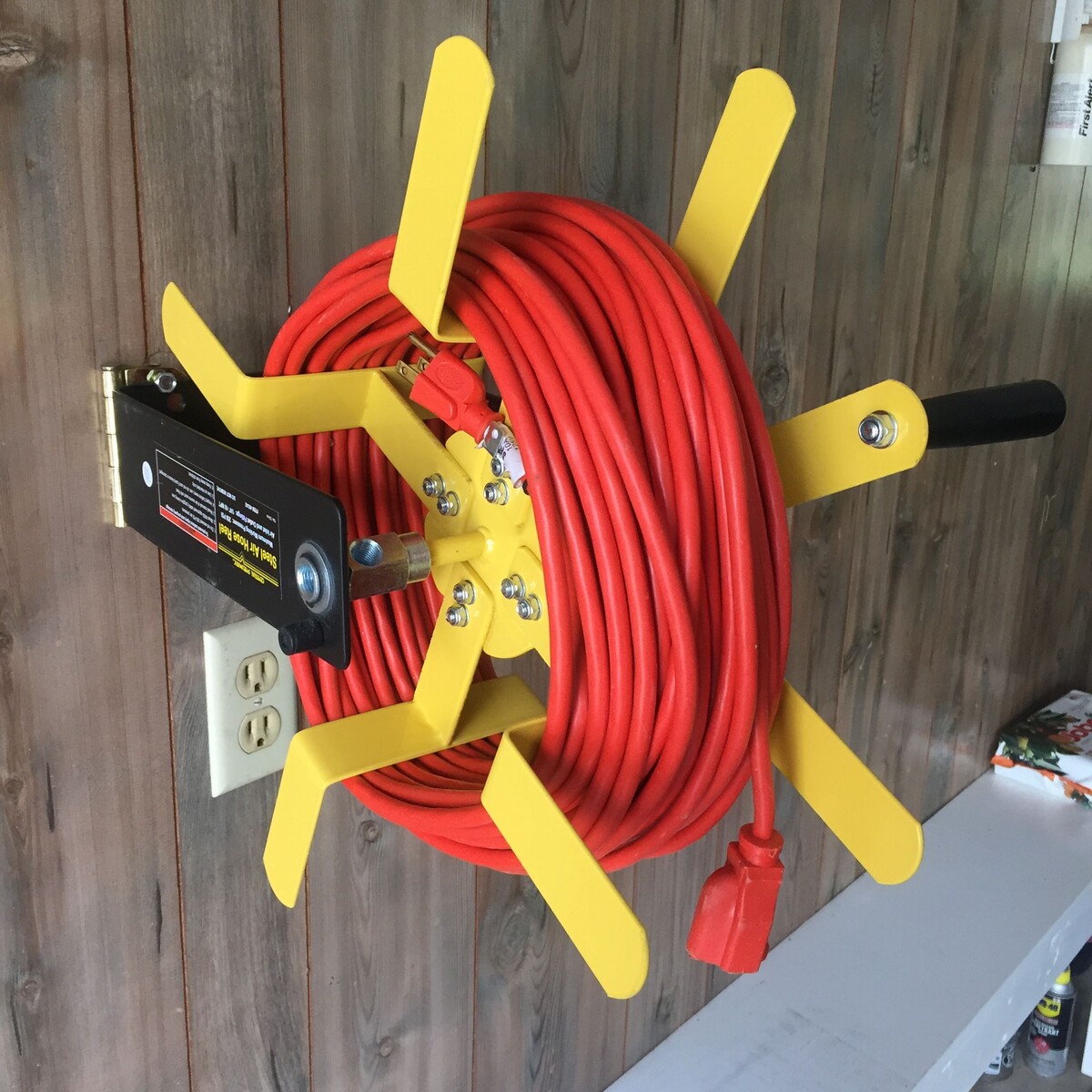


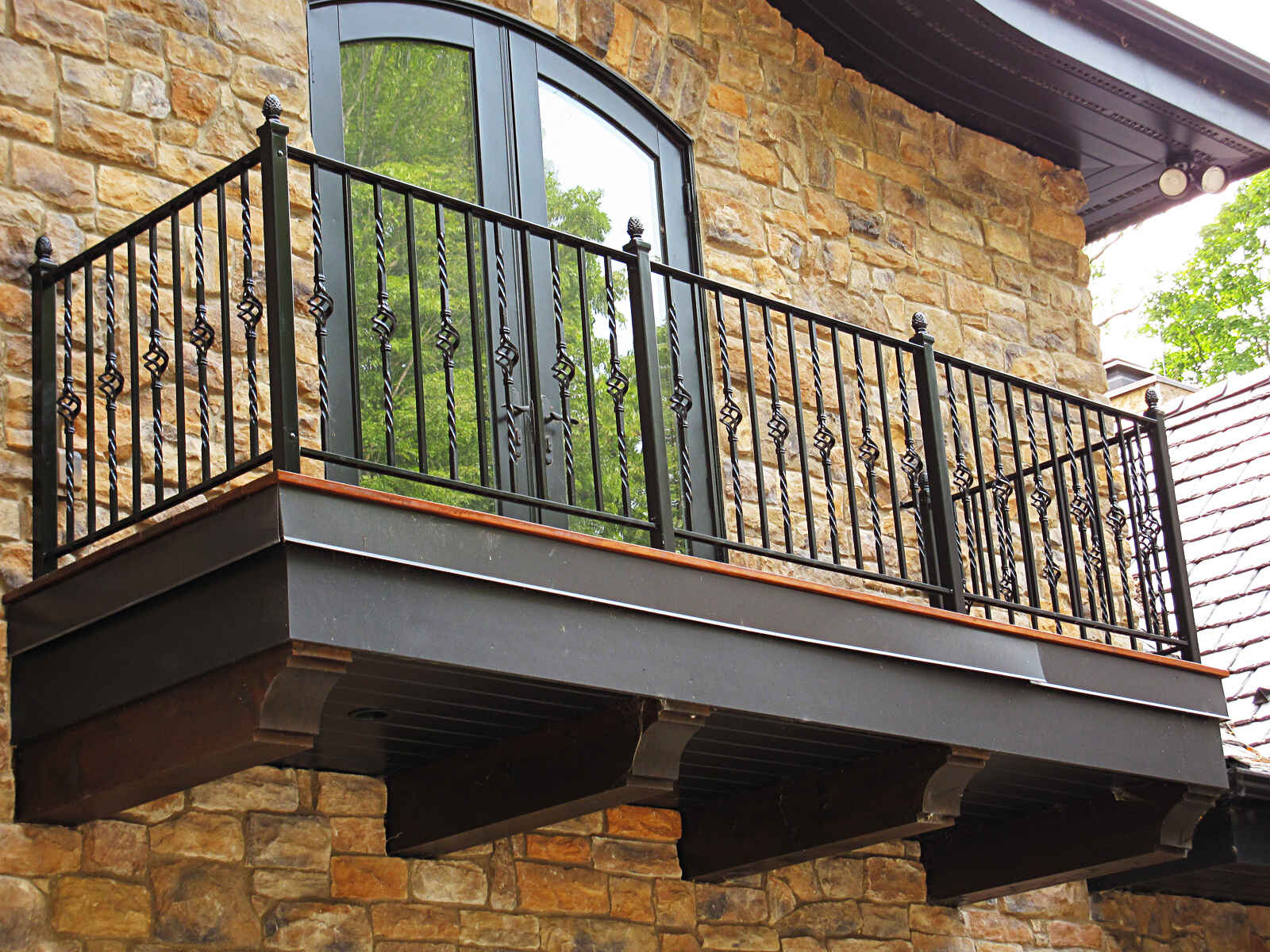
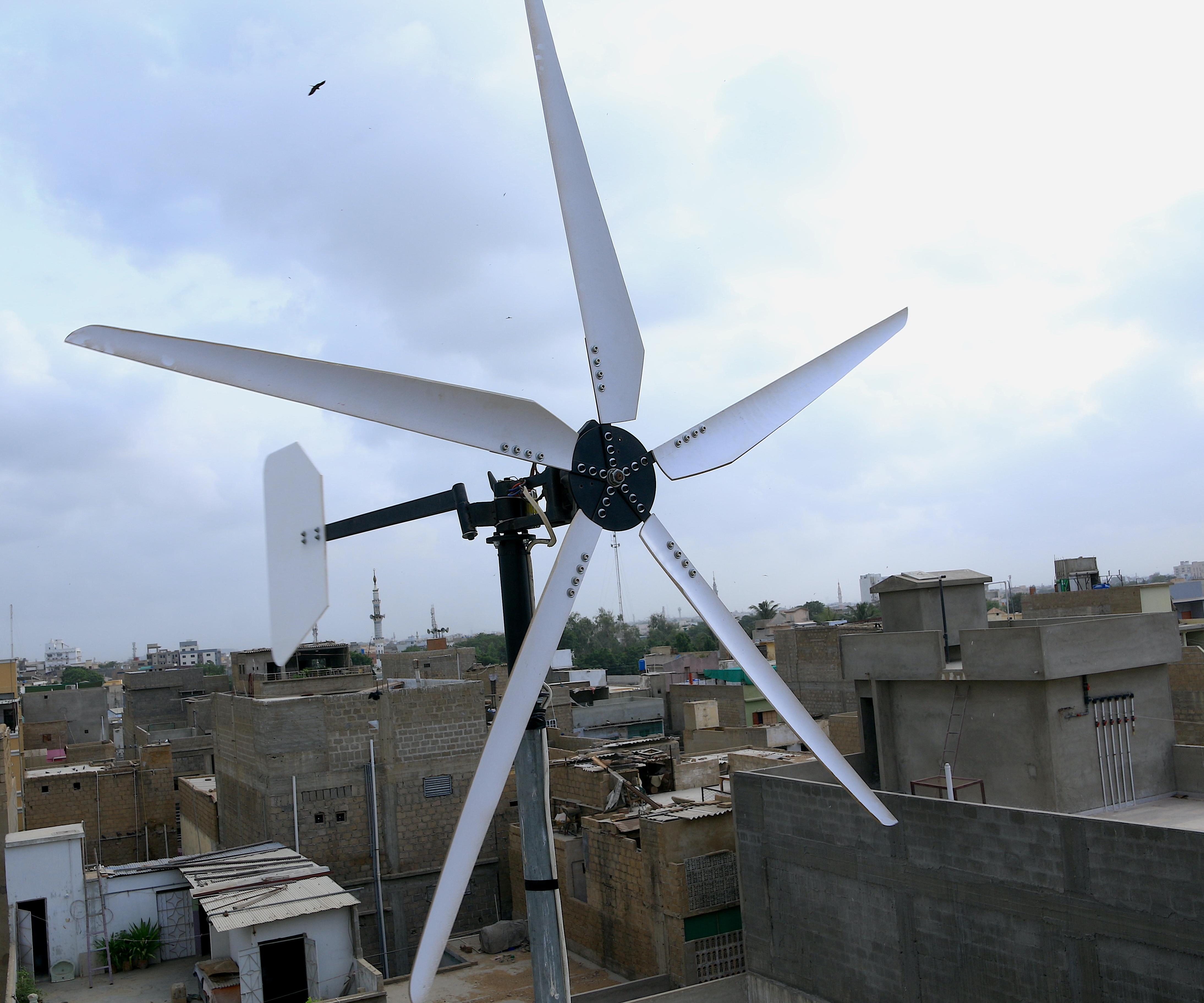


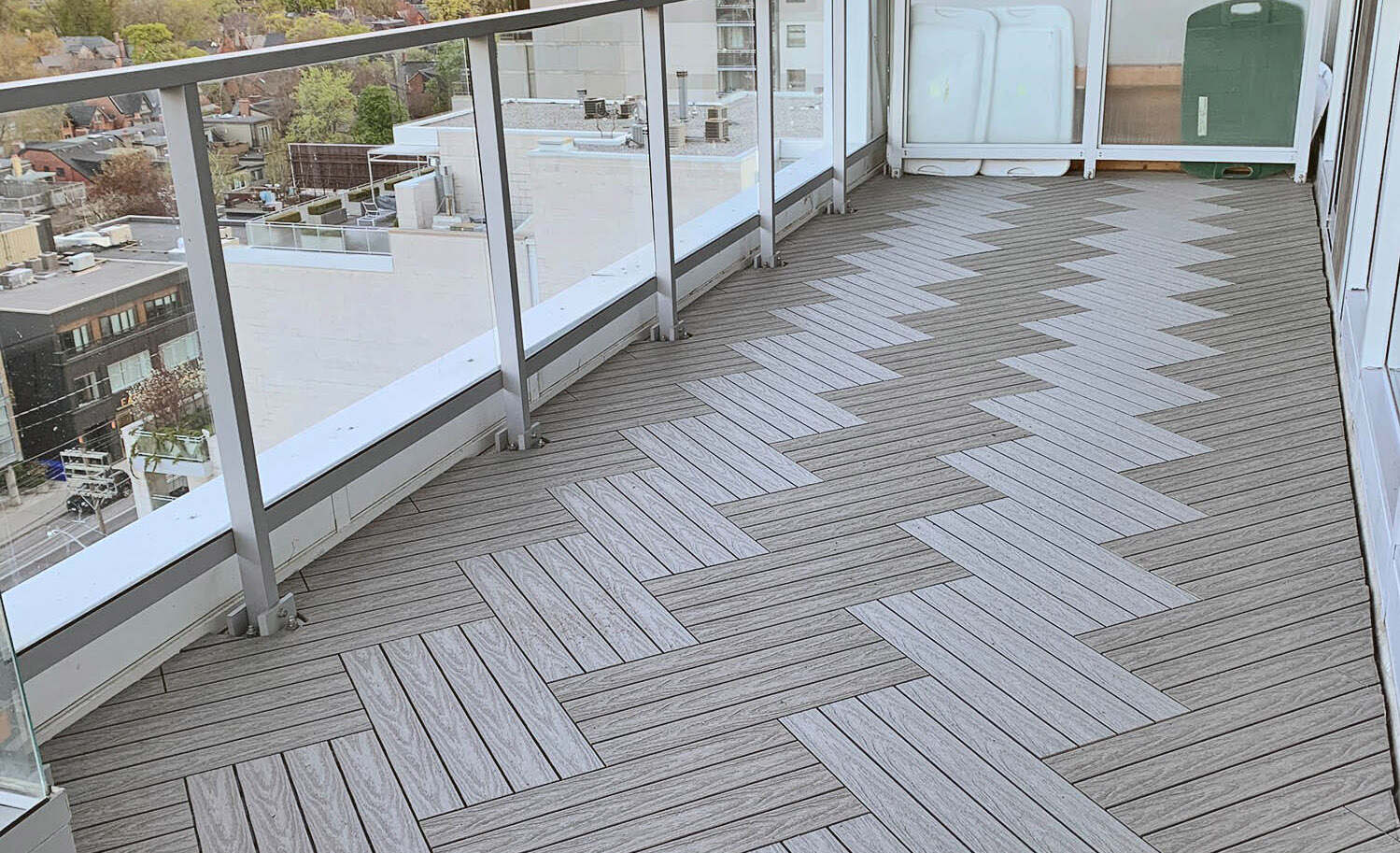
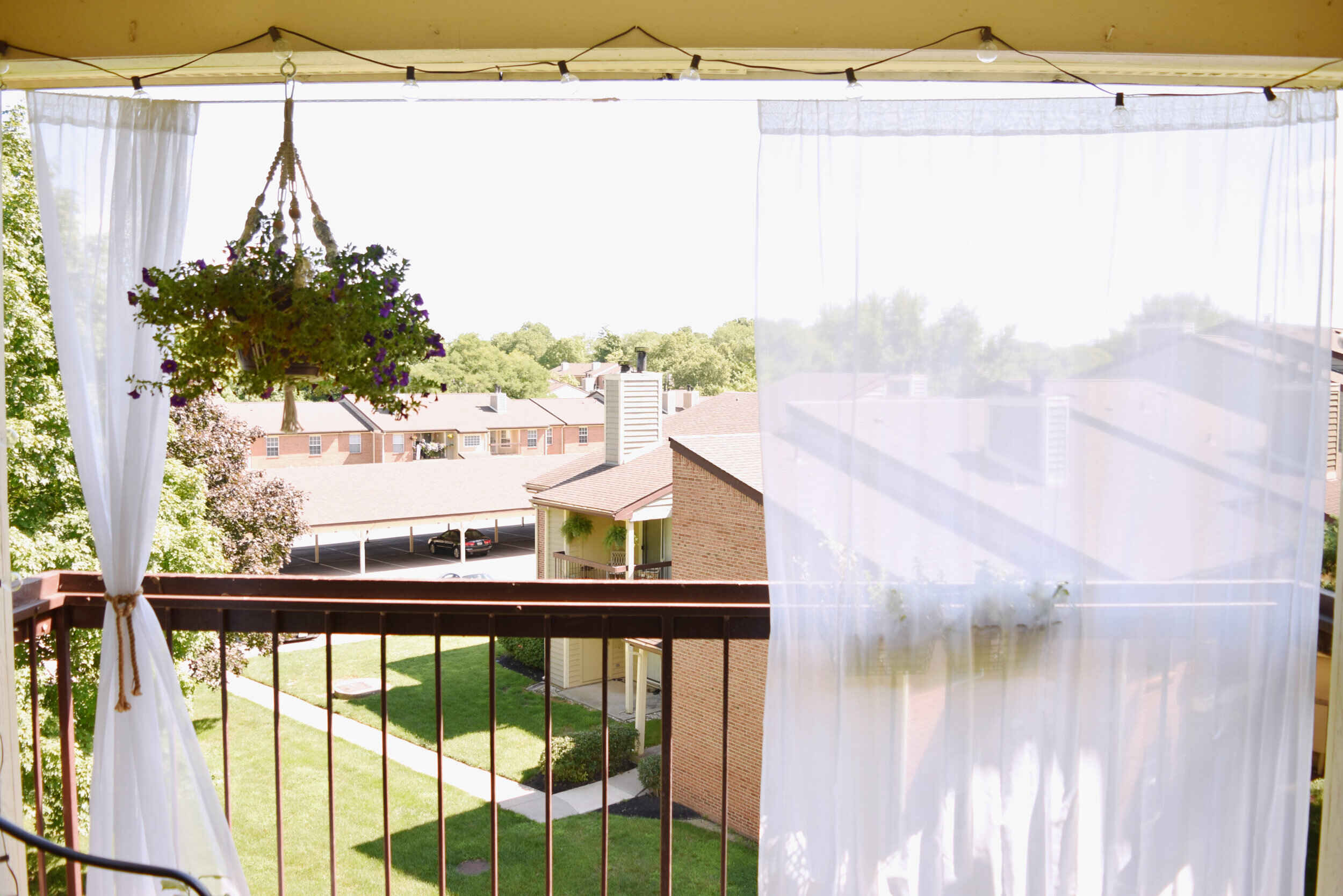




0 thoughts on “How To Block Wind On A Balcony”